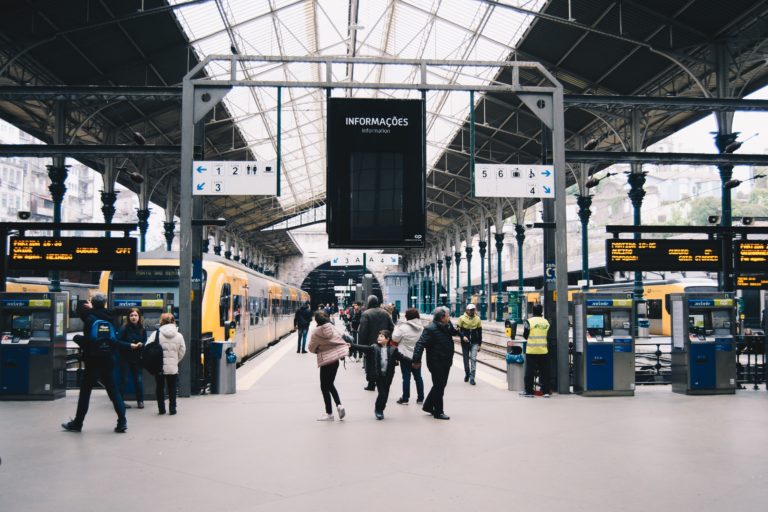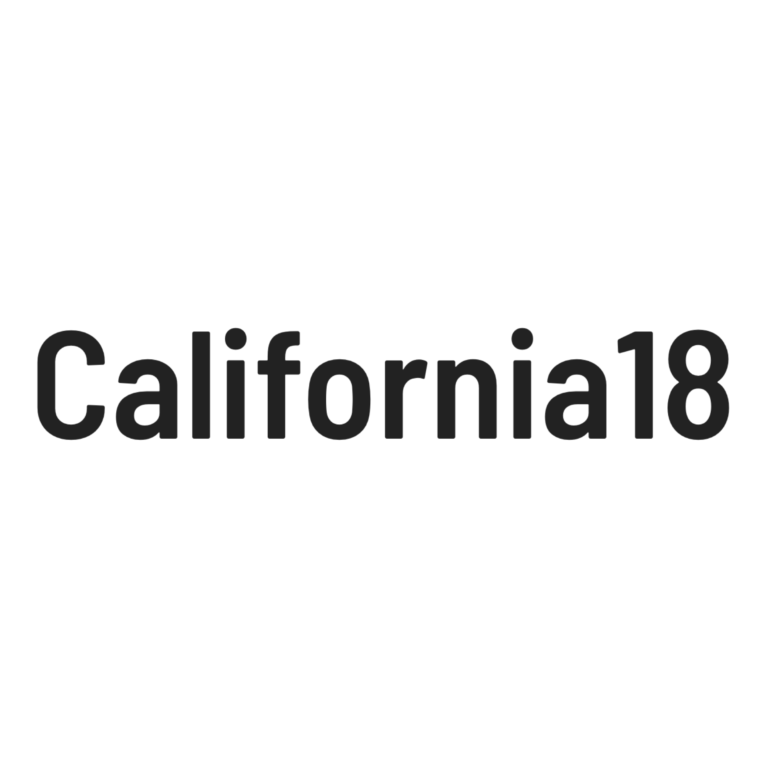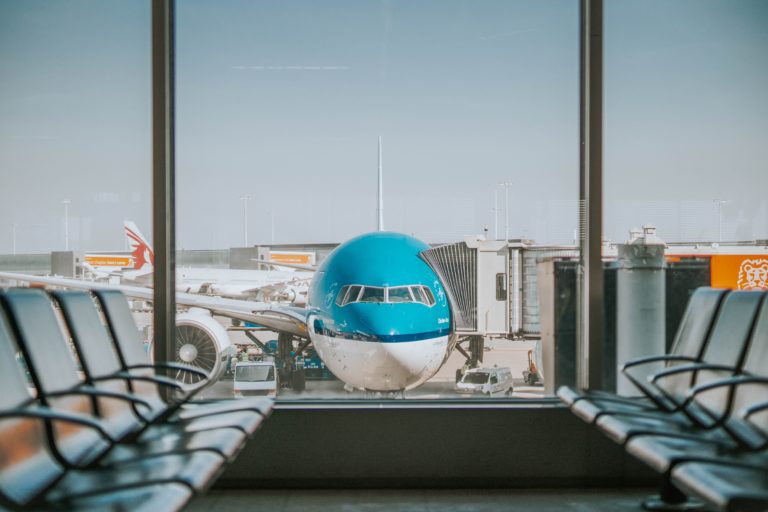
Video analysis for efficient management of public transport
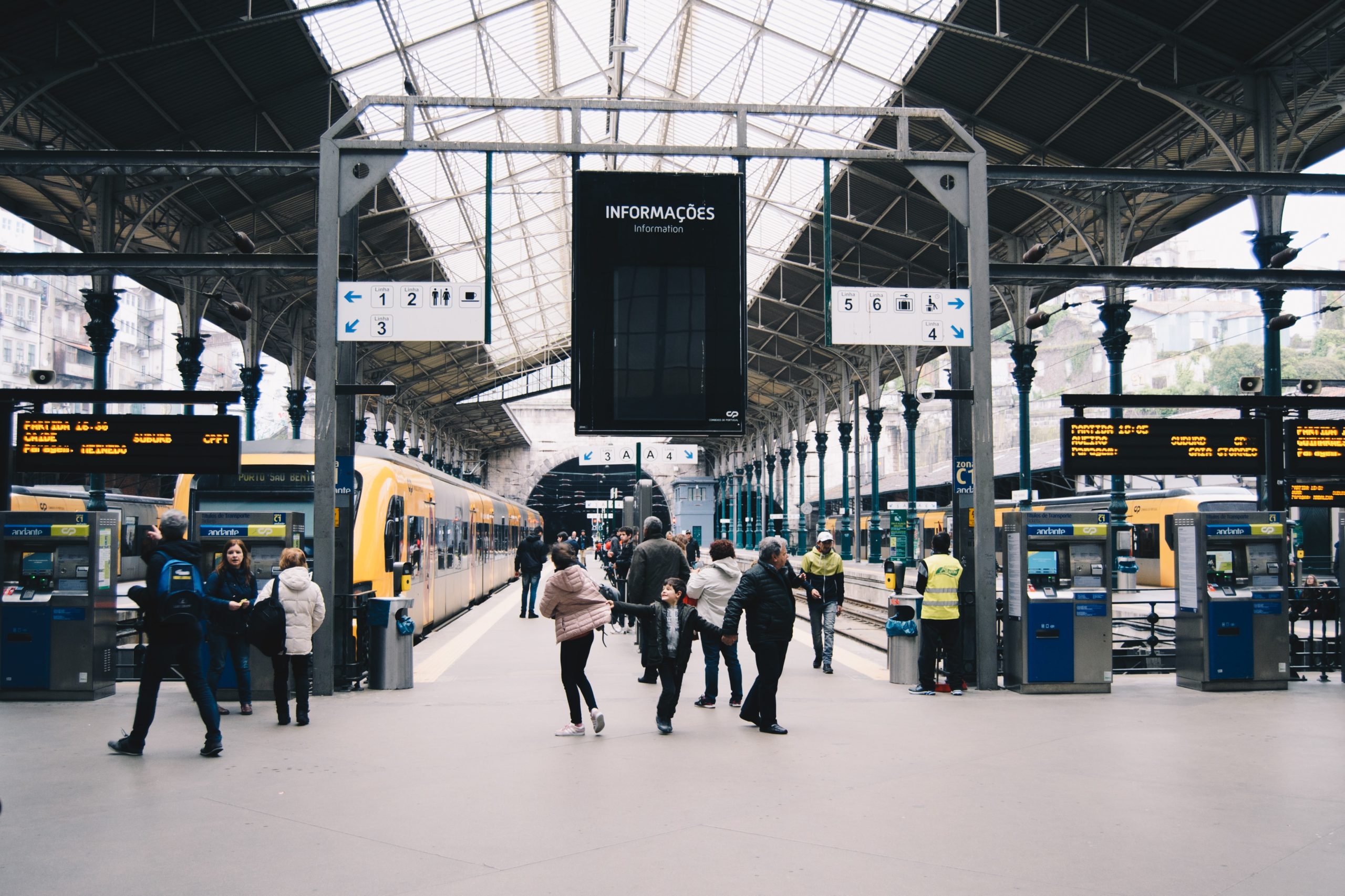
Managing passenger flows in stations and on public transport systems is a major challenge for operators, not only to guarantee passenger safety but to ensure a comfortable and pleasant experience. In this context, the integration of automatic video analysis software such as Cityvision can be an effective tool for improving performance in relation to the underlying strategic and operational challenges: reactivity of security teams, real-time monitoring of crowds and densities, dynamic passenger information and restructuring of spaces.
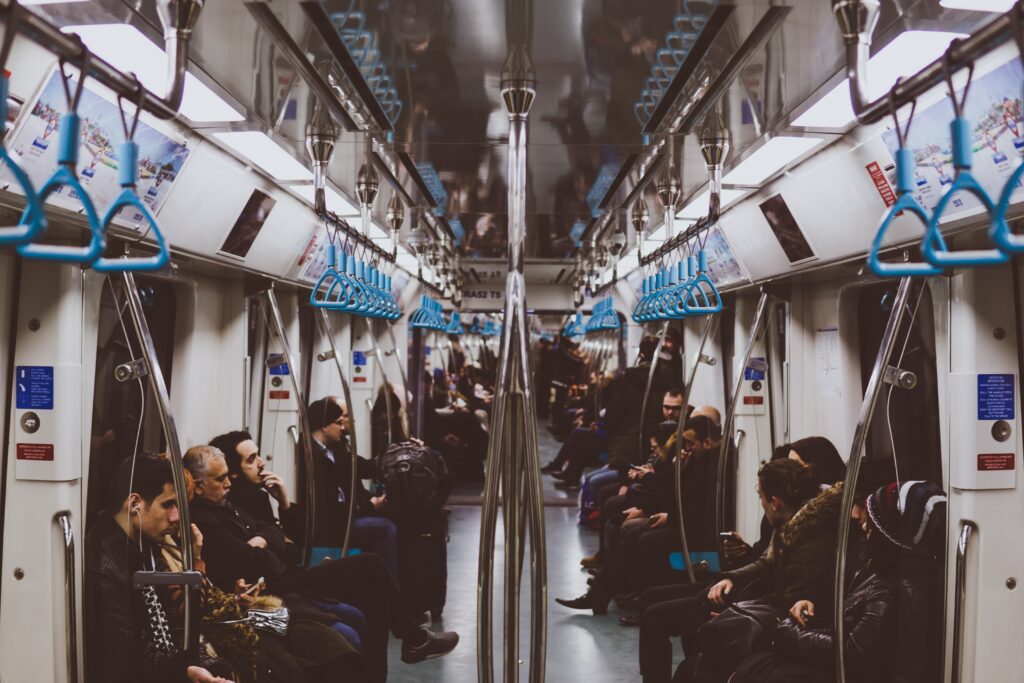
More responsive safety teams
An intelligent video surveillance system
Based on the most powerful innovations in artificial intelligence, automatic video analysis software can analyze, in real-time, streams from any camera installed in stations or on trains to automatically produce alerts in the event of an abnormal or dangerous situation. With the help of such a decision-support tool, video operators can concentrate on more productive responsibilities, such as dispatching staff to the field in response to risks or threats.
A faster response:
Railway trespassing is one of the incidents that regularly mobilize safety teams and has a major impact on the smooth running of rail operations. Video analysis is proven to be an effective tool for detecting such behavior with the utmost reliability and precision: Cityvision’s accuracy exceeds 99%, while keeping false alarms to a very low level.
Video operators can therefore fully rely on algorithmic analysis to identify intrusions. They then take over to ensure immediate intervention to reduce the risk of serious accidents and rapidly restore traffic flow.
Abandoned packages are also among the most recurrent incidents and the most penalizing for operational continuity. Video analysis can once again help security operators by automatically detecting these situations.
Thanks to an immediate alert, agents can quickly work to identify the travelers concerned and intervene on the ground to minimize risks causing the interruption of operations.
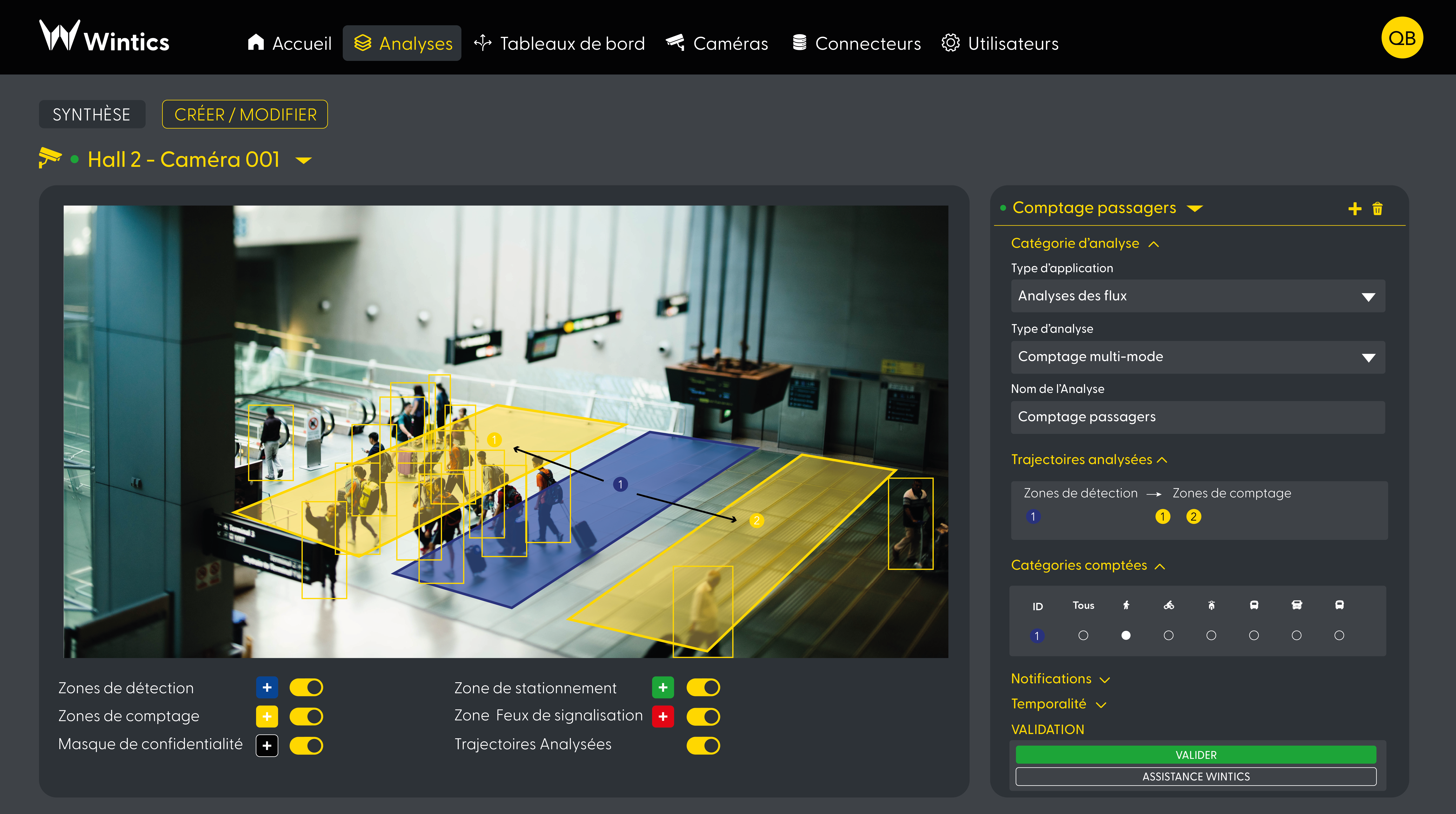
Intelligent analysis can also be used to detect incidents or dangerous situations, such as disruptive parking obstructing firefighter access, violent acts, or vandalism. These multiple functionalities contribute to a significant improvement in the responsiveness of security teams.
In addition to these safety and security benefits, artificial intelligence can also turn the camera into a comprehensive multidisciplinary monitoring tool, capable of collecting valuable data on passenger flows to optimize operations.
A better understanding of passenger flows
Stations and public transport systems are often equipped with a dense network of cameras. By adding automatic video flow analysis software, the cameras become a complete, precise, and accurate source of information on passenger flows and movements within the infrastructure and network.
Informed decision-making
Such information firstly enables precise analysis of passenger flows through key areas such as entrances, possible checkpoints, ticket offices, platforms, halls, and shopping areas. The data can then be used to make better planning decisions, considering usage patterns and congestion points. The data can also shed light on neglected areas, enabling operators to build strategies to optimize commercial space which is considered as a strategic source of revenue for stations.
Enhanced passenger information
Crowd density data also enables us to offer better quality information to passengers, a key element in the overall experience and satisfaction with the system.
For example, according to a study conducted by Transdev, “while overall 87% are satisfied with their systems […], the lack of information is, on the other hand, a real source of dissatisfaction and irritation“.
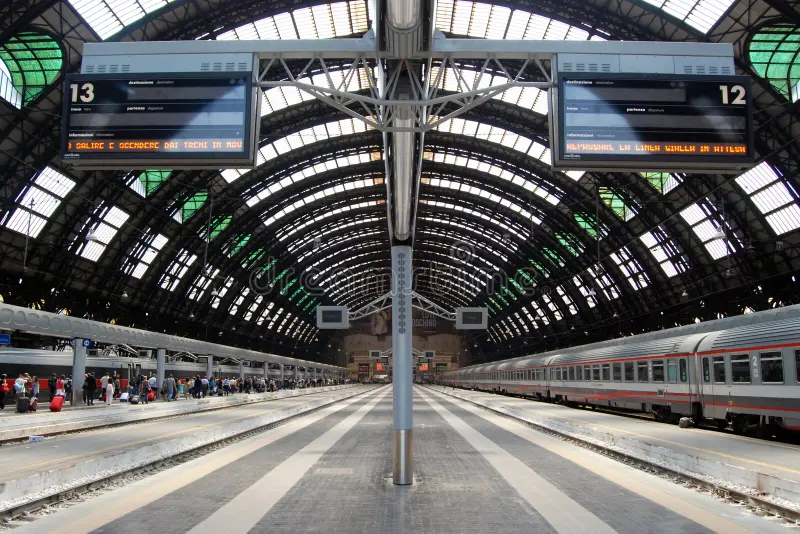
Crowd density data collected on platforms and on-board can be displayed on screens or on travel apps to help passengers find their way around: suggest letting a crowded approaching train pass to wait for the next one and get a seat, guide passengers to the least crowded railcars, show where to get off the train on the least crowded parts of platforms, etc.
Optimized resource allocation:
Finally, a better understanding of flows enables more efficient planning and management of resources, with the possibility of increasing or slowing down the frequency of automatic lines in real-time according to the number of passengers, adjusting service schedules according to actual demand, adjusting the number of counters open according to queues, or even assigning additional information staff in congested areas.
You may also like




Olympics Security & preparation
26/07/2024
At the Olympics, AI Is Watching You
25/07/2024

